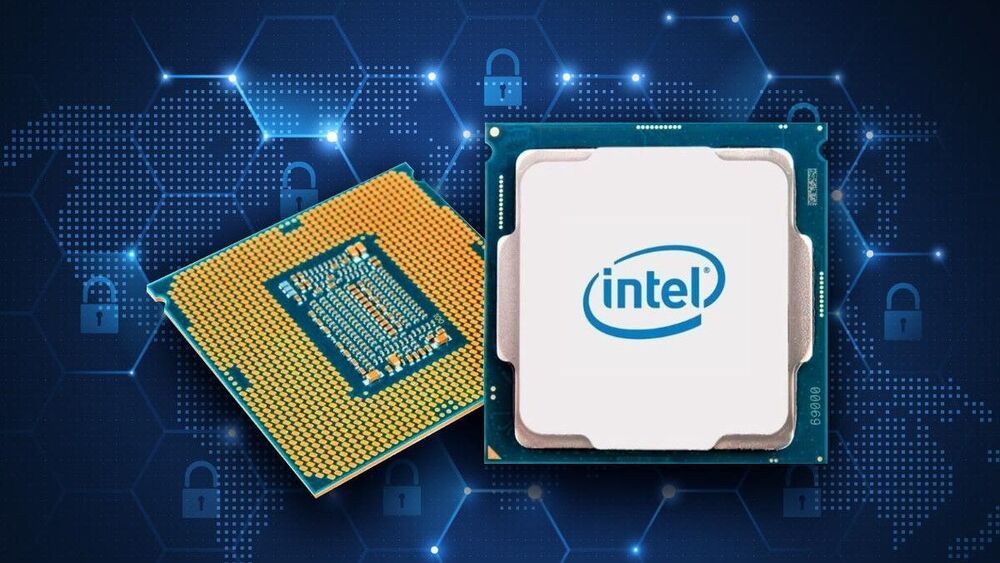Uptycs Threat Research Team has discovered malware that not only hijacks vulnerable *nix-based servers and uses them to mine cryptocurrency but actually modifies their CPU configurations in a bid to increase mining performance at the cost of performance in other applications.
Perpetrators use a Golang-based worm to exploit known vulnerabilities like CVE-2020–14882 (Oracle WebLogic) and CVE-2017–11610 (Supervisord) to gain access to Linux systems, reports The Record. Once they hijack a machine, they use model-specific registers (MSR) to disable the hardware prefetcher, a unit that fetches data and instructions from the memory into the L2 cache before they are needed.









